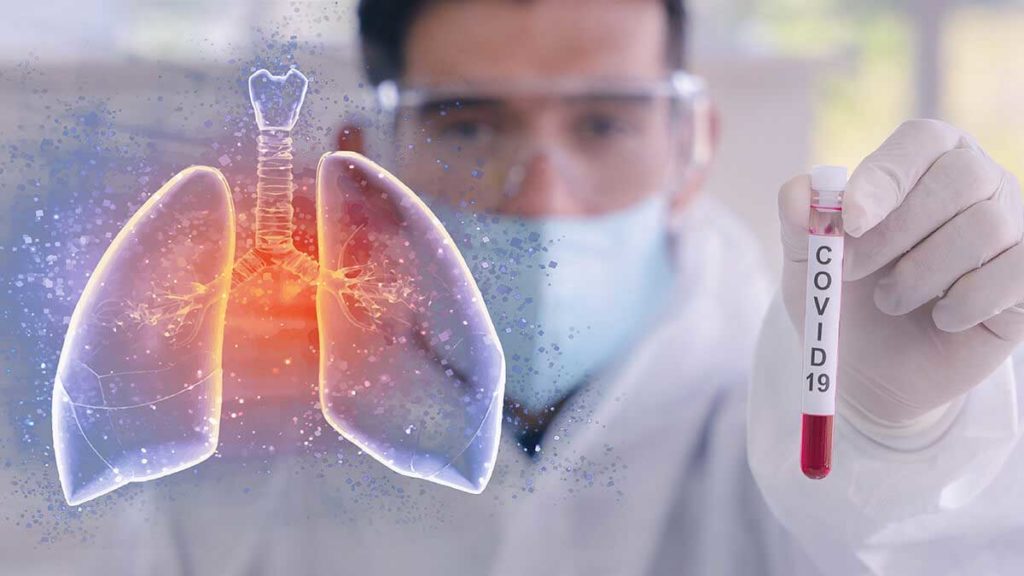
Future medical technology is nowhere near floatation tubes or de-aging machines. What the world is seeing however, is a shift towards the beginnings of technologies unearthed by the ongoing pandemic that could act as seeds for more radical innovations later on.
As some countries attempt to ease certain areas of the lockdown to pump some life blood into society for a while, everyone is once again looking to doctors and medical researchers for solutions. A second – possibly more mild – wave of the virus, however, is not out of the question. In fact, it might be inevitable in some areas, which means that these are sensitive times. Governments are then looking to tackle possible outbreaks of Covid-19 and any future ordeals preemptively having seen the consequences of unpreparedness.
The ongoing virus has spurred innovation in areas such as communication technology and green energy, and stimulated a more sincere awareness of public health and safety by individuals at large.
Future medical technology will be riding the telecom train, as improvements such as 5G are made for wireless communication. Faster more available connectivity will enable advancements to be made with medical devices, such as wearable and implantable technologies, sensors, and remote robotic surgery. Wearers and users of such devices will then require not only a sturdy connection, but its interconnectedness gives it further uses, in that of data collection and analysis.
With the spread of IoT products, the incorporation of cloud, and the advent of AI, came the vast amounts of data that are constantly being collected. Future medical technology will be interwoven with data webs.
This data can help doctors and researchers make valuable, actionable insights derived from millions of personality and clinical devices.
The wearer won’t get an ad for a mobile game playing into their hearing aid hopefully, but the devices are made to be able to do vital, possibly lifesaving actions.
Examples include administering insulin on schedule or with the push of a button on a smartphone, or predicting a heart failure by analyzing symptoms. Monitoring elderly or infants and keeping healthcare workers and relatives informed.
Such products can greatly increase the quality of life for thousands, and would decrease the cost of healthcare as it stands due to an increase in preventive care and preemptive treatment.
With the evolution and adaptability of human viruses, it is clear that we too must evolve alongside human technology. This makes not only collecting real-time data and using it to take action necessary, but it must be replicable and scalable too. With technologies like 3D printing becoming more popular, this can be achieved. Printing not only surgical tools and patient specific prosthetics and models, but tissues and organoids as well.
As medical technology develops, many questions are raised concerning reliability and security of such advancements. These are questions that will be answered as time goes on.